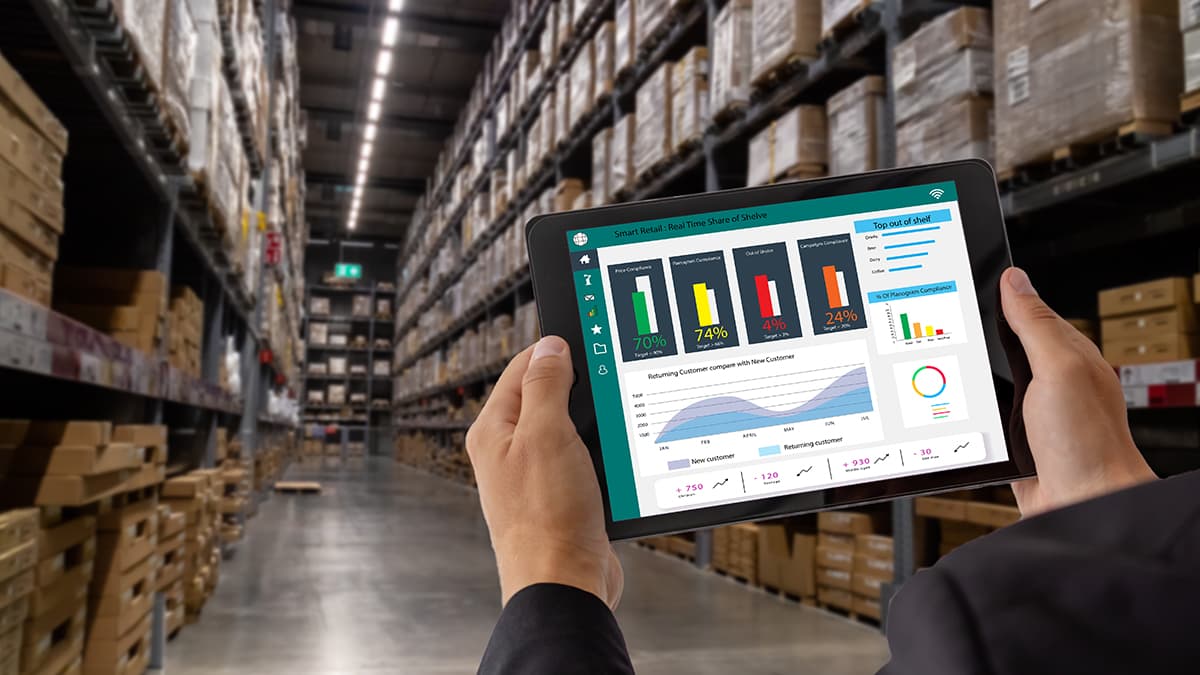
In this blog, we break down what a data mesh is, why it matters, and how it can transform the way your organization handles data—all in a way that’s easy to grasp and geared for business success.
.jpg)
The Basics of a Data Mesh
At its core, a data mesh is a fresh approach to managing data in large organizations. Instead of having one central team control all data—like a single traffic cop trying to manage an entire city—a data mesh spreads the responsibility across different teams. Each team owns its own data, treating it like a product they build, maintain, and share. Think of it as giving each department its own mini-data hub, tailored to their needs but connected to the bigger picture.
This setup moves away from the old-school, centralized data warehouses or lakes where everything gets dumped into one giant pool. Those often turn into bottlenecks, with IT teams struggling to keep up with everyone’s requests. A data mesh flips that model, empowering teams to handle their data while ensuring it’s accessible and useful across the company.
Why It’s a Game-Changer
So, why should your business care? A data mesh is all about speed, flexibility, and ownership. When teams manage their own data, they can move faster—whether it’s your marketing team analyzing customer trends or your supply chain crew optimizing inventory. No more waiting weeks for the data team to pull a report. Each group knows its data best, so they can make it clean, reliable, and ready to use.
It’s also about collaboration. A data mesh sets up clear rules and tools so teams can share data easily, like passing a baton in a relay race. This means your sales team can tap into product data, or your finance folks can access real-time sales figures, all without jumping through hoops. The result? Better decisions, faster innovation, and a company that’s more agile in a competitive market.
How Does It Work?
Let’s break it down into four key ideas that make a data mesh tick:
- Team Ownership: Each department treats its data like a product, taking charge of its quality and accessibility. For example, your e-commerce team might own customer purchase data, ensuring it’s accurate and easy to share.
- Standardized Sharing: Think of this as a common language for data. Teams use shared tools and formats so everyone can access and understand data, no matter who owns it.
- Self-Service Tools: A data mesh gives teams user-friendly platforms to manage and analyze data themselves, reducing reliance on a central IT crew.
- Central Oversight: While teams own their data, there’s still a lightweight framework to keep things consistent—like company-wide standards for security and compliance.
Picture it like a farmers’ market. Each vendor (team) runs their own stall, offering fresh, high-quality goods (data). They follow market rules to keep things fair and safe, and customers (other teams) can easily find what they need. It’s organized, efficient, and everyone benefits.
.jpg)
Why It Fits Your Business
For companies juggling complex operations—say, retail, healthcare, or manufacturing—a data mesh is a lifesaver. It lets you scale without chaos. As your business grows, you don’t want data to become a roadblock.
A data mesh keeps things nimble, letting teams innovate while staying aligned with your goals. It also boosts trust in data, since each team takes pride in keeping their piece accurate and up-to-date.
Plus, it’s a future-proof move. With more data pouring in from customers, IoT devices, or supply chains, a data mesh ensures you can handle the volume without drowning in complexity. It’s like building a flexible highway system that can expand as your city grows.
Getting Started
Ready to explore a data mesh? Start small. Pick a department with clear data needs, like marketing or logistics, and let them pilot a data-as-a-product approach. Equip them with user-friendly tools and set some ground rules for sharing data across teams. Partner with a tech provider who gets data mesh principles—they can help you design a system that’s secure, scalable, and tailored to your needs.
Wrap-Up
A data mesh isn’t just a tech buzzword—it’s a smarter way to manage data that puts your teams in the driver’s seat. By giving each department ownership, standardizing sharing, and providing easy-to-use tools, it unlocks faster decisions, better collaboration, and a more agile business. If you’re tired of data bottlenecks slowing you down, a data mesh could be the key to getting your company moving at full speed.
Ready to rethink your data strategy? Let’s talk about making it happen.
Want to start a project?
Get your Free ConsultationOur Recent Blog Posts

© 2025 CSM Tech Americas All Rights Reserved




































































































































